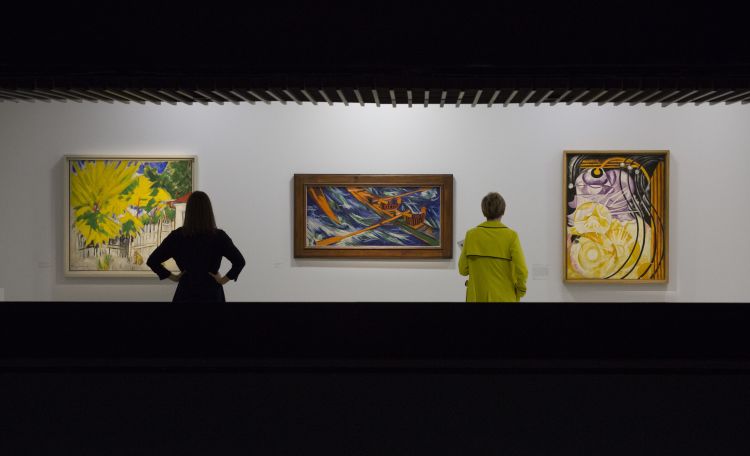Modern Couples:
Emilie Flöge &
Gustav Klimt
(1892–1918)
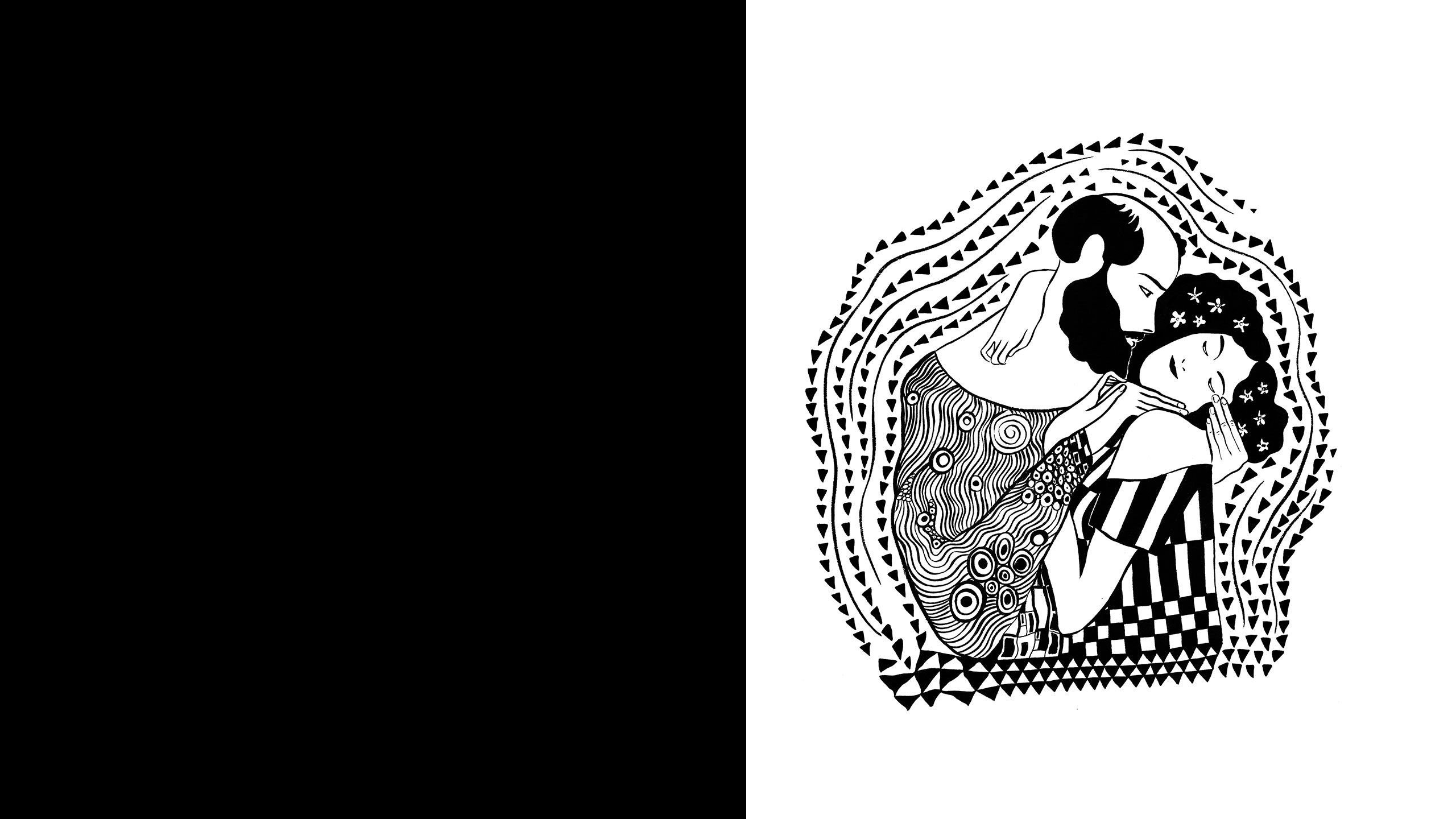
Gustav Klimt’s sexual exploits with his models are amply illustrated in the prolific erotic drawings he left behind. But his relationship with Emilie Flöge was of a different order. Their partnership was one of equals. She was his lifelong soul mate and his creative companion.

Klimt’s most legendary ode to love, The Kiss (c 1905–09) may well have been painted in homage to Flöge, but it is the synergy between their professional lives and the creative dialogue between them that tells a more endearing and nuanced story. Klimt and Flöge, in a process of co-creation, became standard-bearers of the new liberated man and woman, the alternative king and queen of fashionable Vienna Secession, a multi-disciplinary movement dedicated to finding new forms and ideas to sweep away the stuffiness and conservatism of the previous century.
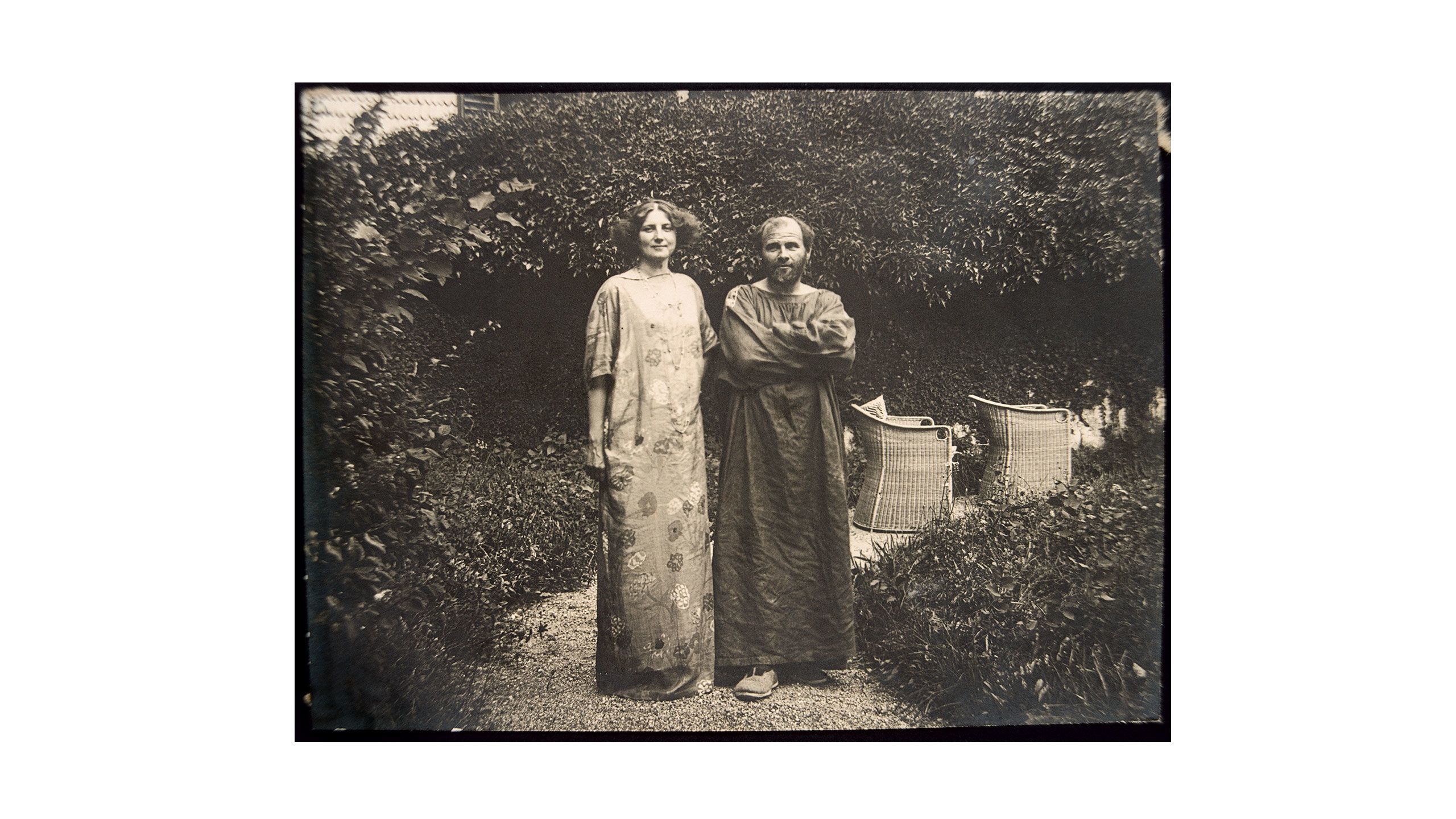
'Klimt and Flöge became standard
bearers of the new liberated man and woman...'
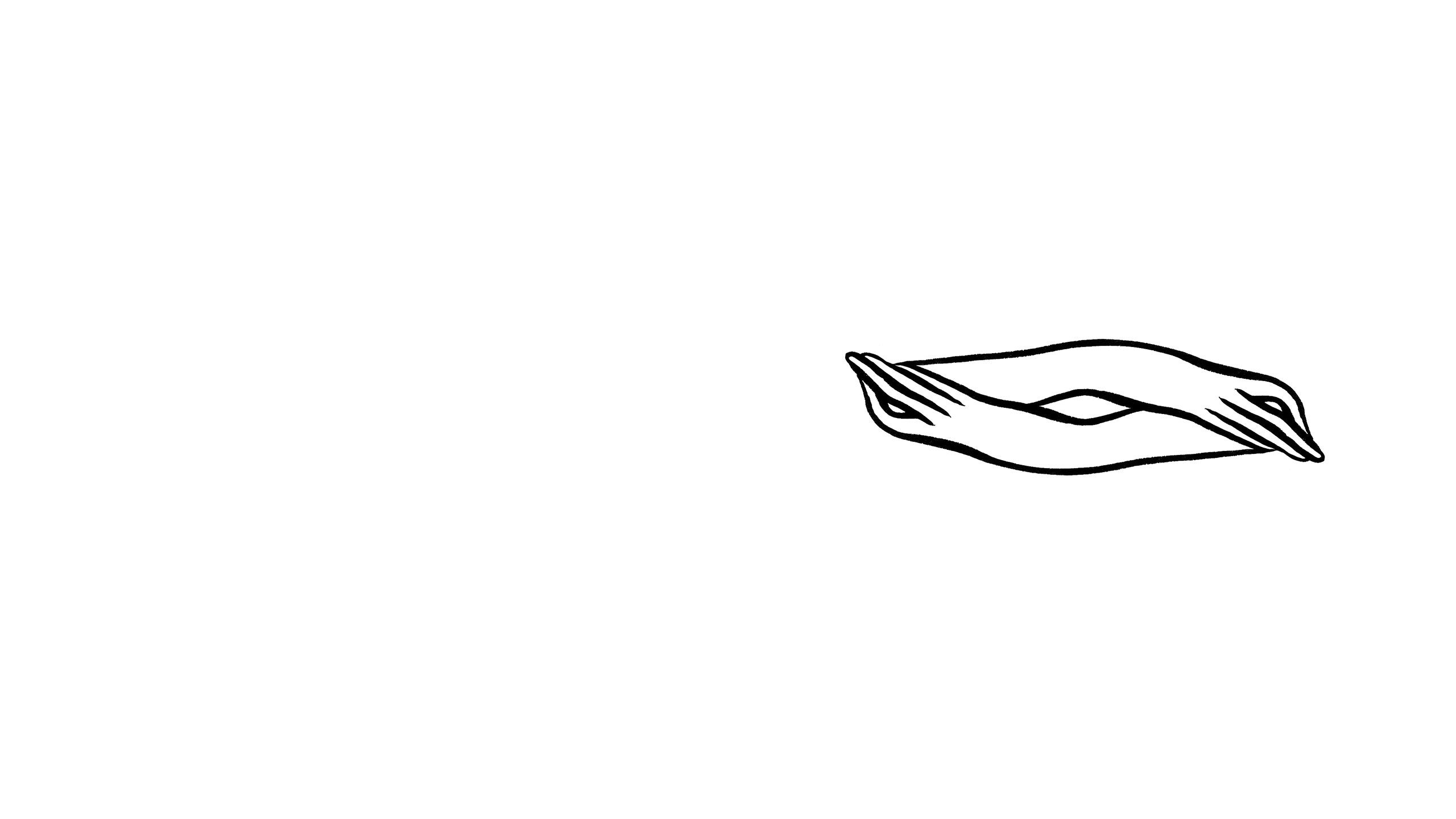
When Gustav Klimt (1862–1918) died from a stroke at Vienna’s General Hospital on 6 February 1918 at the age of 55, his dying words were supposedly ‘Send for Emilie!’
Emilie Flöge (1874–1952) was Klimt’s unwavering companion, the inspiring woman, his much-cited ‘muse’, who from the 1890s onwards accompanied him through personal and artistic highs and lows. She played a central role in the dissemination of the ideas and forms at the heart of the Vienna Secession, through her own design work and her shop.
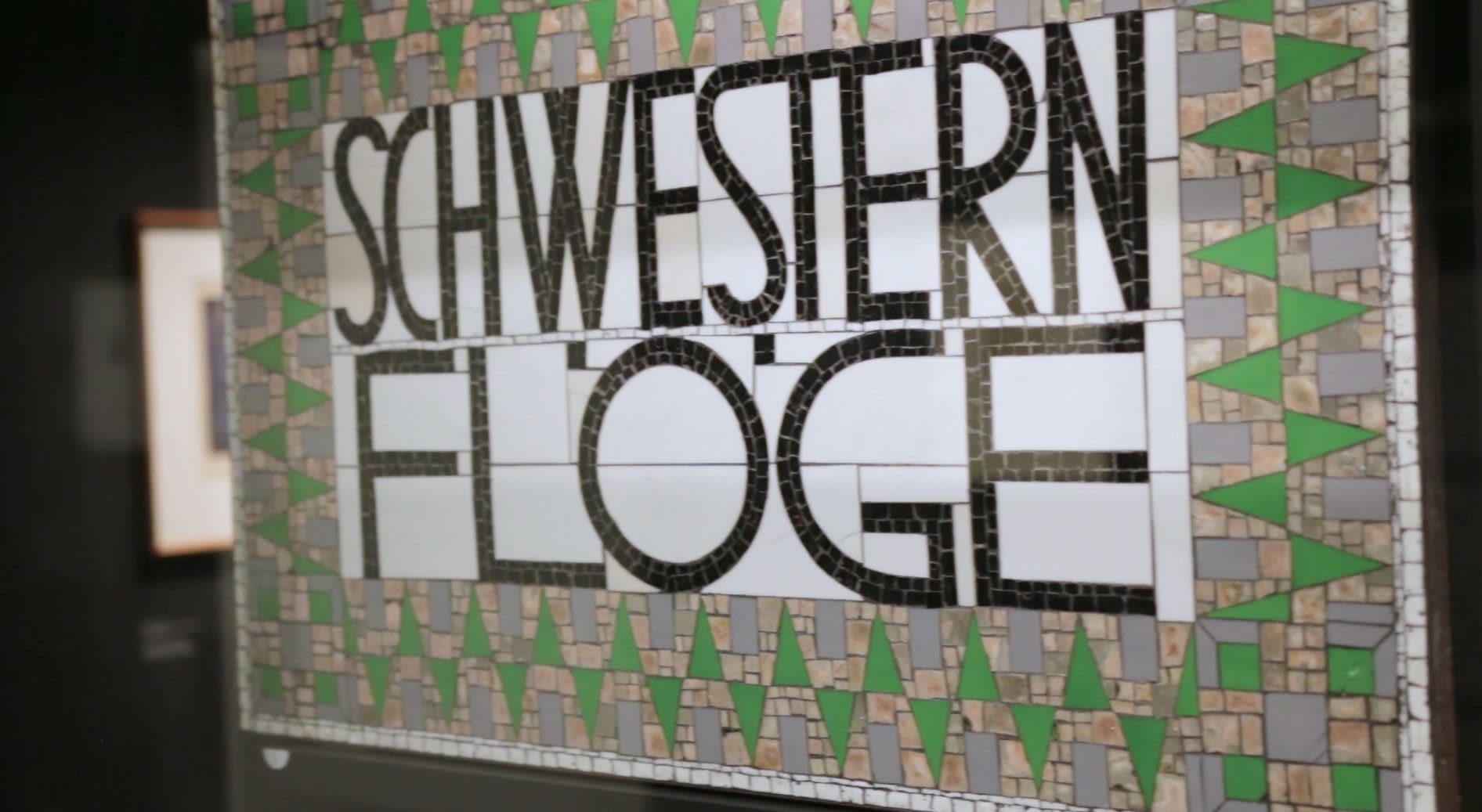
Flöge was also a progressively minded, independent and style-conscious woman who in 1904 opened the salon Schwestern Flöge with her sisters, Helene and Pauline. From then on Flöge became a trend-setting fashion designer and business woman in turn-of-the-century Vienna. Flöge and her sisters created sizeable collections of fashion accessories and fabrics, together with innovations such as the ‘Reform dress’ range, designed to liberate women’s bodies from the corset.
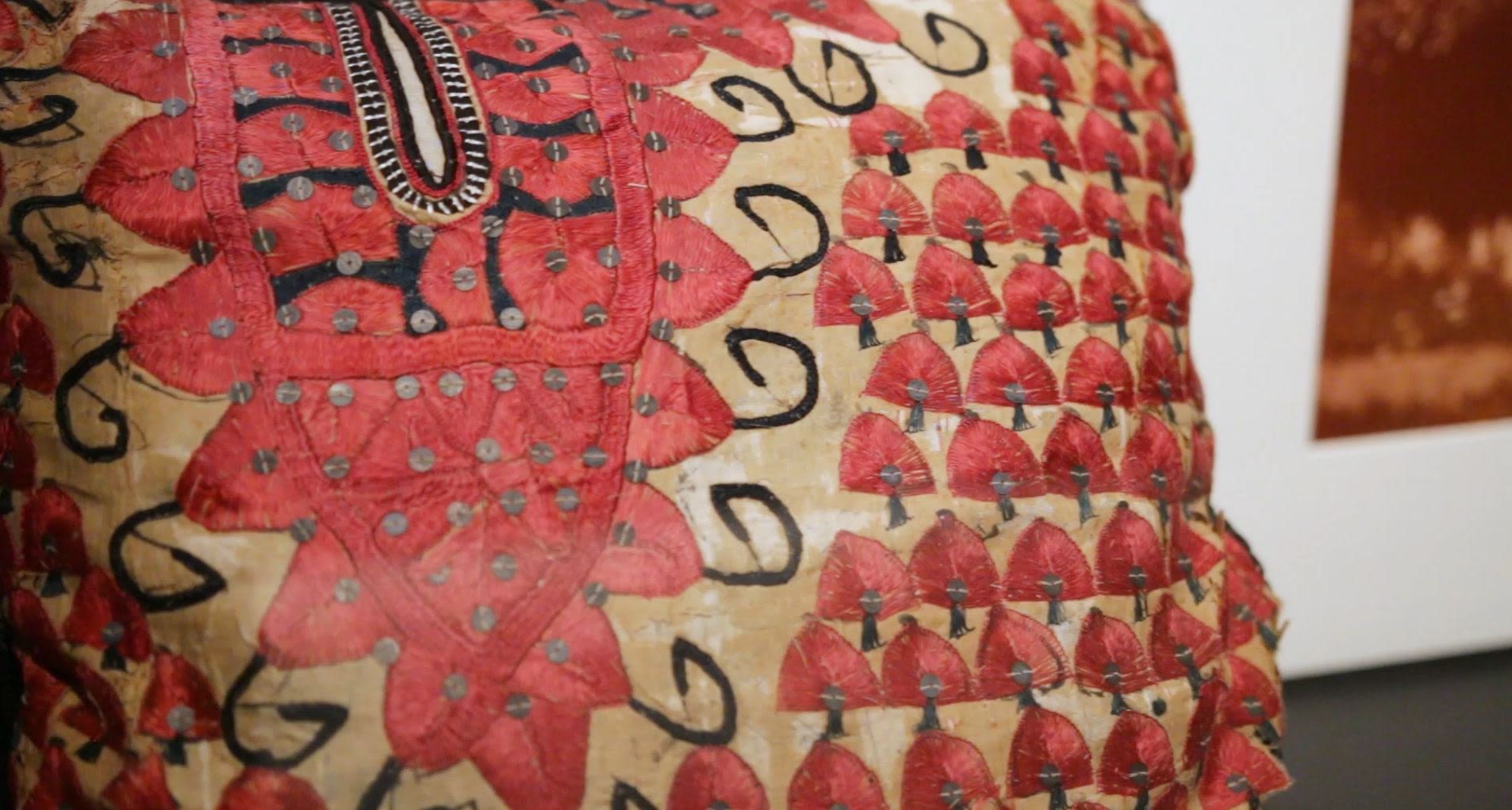
The reform dress became the most prominent sign of the new freedom for women. Worn off the shoulder and with billowing lines, it allowed unconstrained movement of the body and the hated corset was no longer desirable or necessary. The Schwestern Flöge capitalised on the new fashion craze, developed lines for it, and together Flöge and Klimt may have even co-designed some of the more experimental kaftan-like creations that she is pictured modelling. Flöge and Klimt were one of the first brand couples.

Photographs of them in relaxed mode in the garden of Villa Oleander in 1910 – reflect a kind of joyous mirroring: Gustav in his artist’s linen smock and Emilie in some wonderful creation. Both artists avidly collected textiles and costume, Flöge incorporating them into her designs just as Klimt did with ornamentation in his painting.
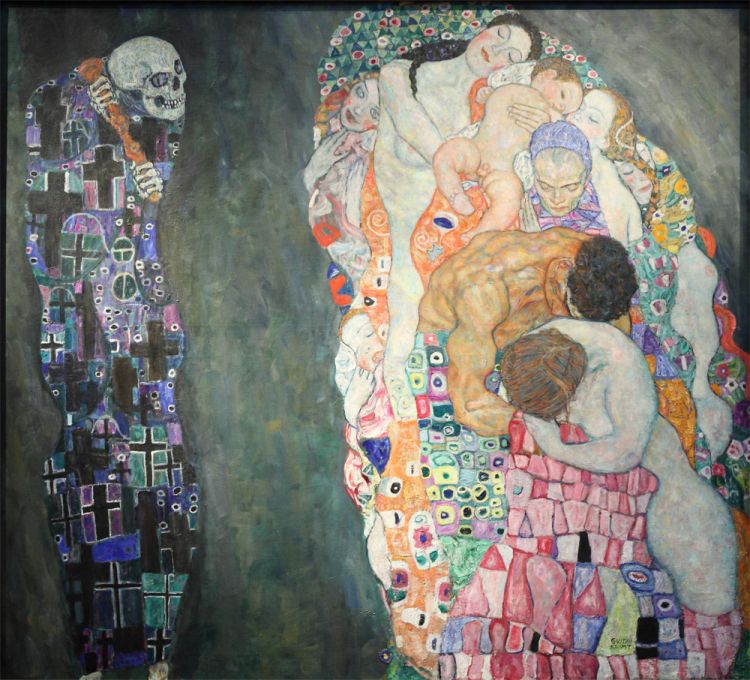
Gustav Klimt Tod und Leben 1915/16 (print), 1931. KlimtFoundation, Vienna.
Gustav Klimt Tod und Leben 1915/16 (print), 1931. KlimtFoundation, Vienna.
While more than 400 letters and postcards written by Klimt to Flöge between 1895 and 1917 have survived, unfortunately not a single document from Flöge to Klimt has thus far been found. Klimt’s communications to Flöge offer a passionate and devoted picture of their shared journey through life.
A few months before his death, Klimt wrote and dedicated this haiku to Emile Flöge:

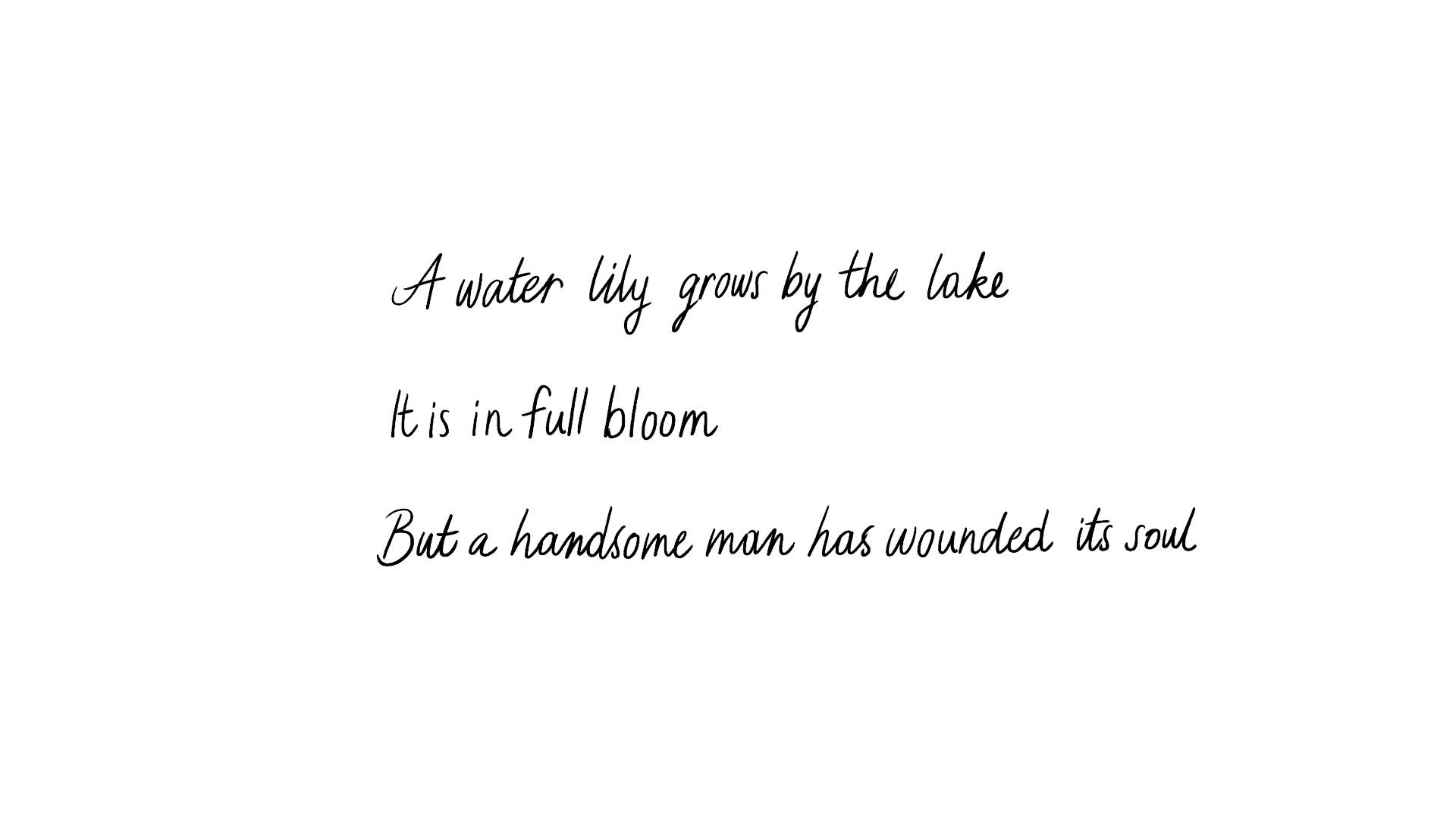

Modern Couples: Art, Intimacy and the Avant-garde
10 Oct 2018–27 Jan 2019
Explore modern art and modern love; Modern Couples reveals how relationships can become a playground for creativity.
Events
The exhibition will be accompanied by a public programme including curator tours of the exhibition and talks exploring couples and creativity.
Watch the exhibition trailer:
Illustrations by Estine Coquerelle @estine.coquerelle
Estine Coquerelle is a 23-year old illustrator based i n France.
Photo: Modern Couples: Art, Intimacy and the Avant-garde. Installation view © John Philips / Getty Images

